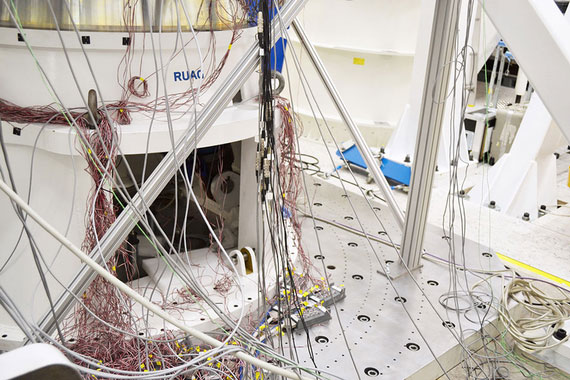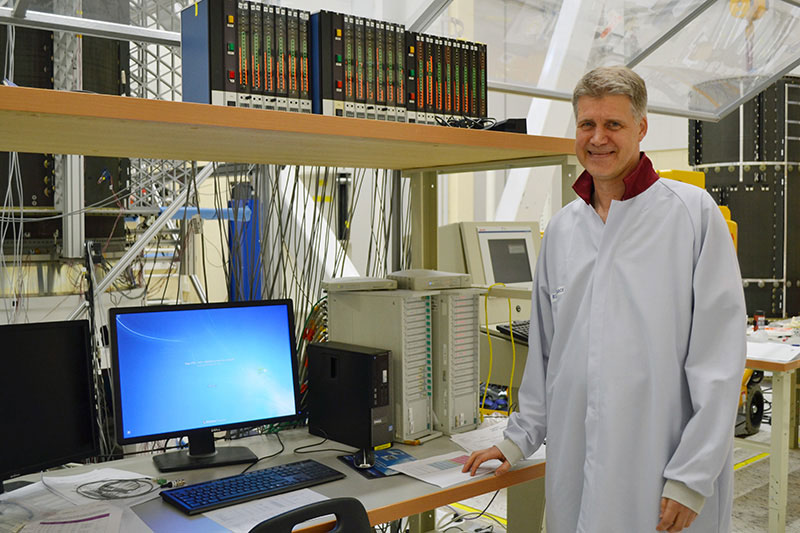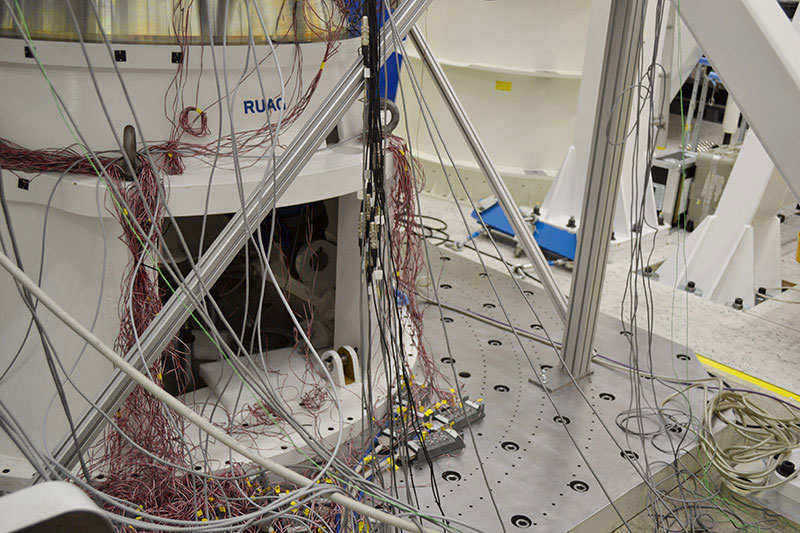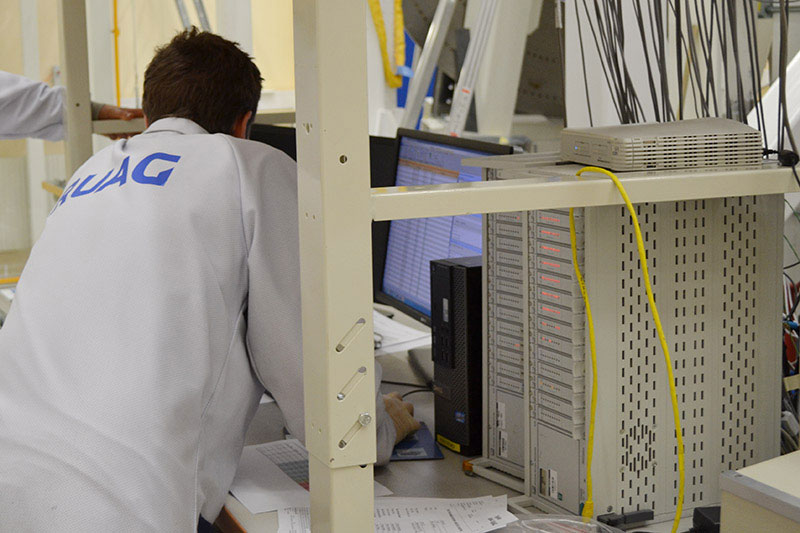Testing of Separation Systems for Satellites in Sweden
RUAG Space is Europe's largest independent supplier of space products to the industry. At the site in Linköping, Sweden, a team of approximately 100 people are involved in the development and construction of launcher structures and separation systems for satellites and rockets. The lab in Linköping uses the data acquisition system MGCplus from HBM as the back bone of its testing, particularly in larger rigs where many channels are needed.
Exposed to enormous forces
RUAG's products have been featured in most major launchers for satellites in Europe; Ariane, Atlas and Delta, to name a few. The company's specialty - adapter with separation system between the rocket and the satellite - is critical for a launch to succeed. The separation system keeps the satellite onto the adapter until it is time to unleash it.
The adapter's task is to get the satellite to fit the rocket. The adapter, which is often conical, must ensure that the firing rocket and satellite are kept together during launch, although it is exposed to enormous forces. It must also make sure that they are separated at exactly the right moment.
Therefore, the products are rigorously tested. One of the test engineers is Peter Svensson.
"I believe that RUAG is among the best in Sweden at static load testing. With a few exceptions, all our tests are conducted on behalf of our own operation. The equipment that we have developed and tested has so far carried out almost 600 separations in space."
Test engineer Peter Svensson



